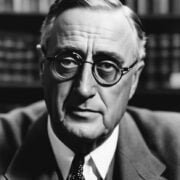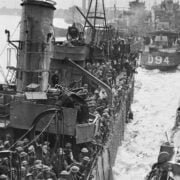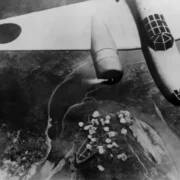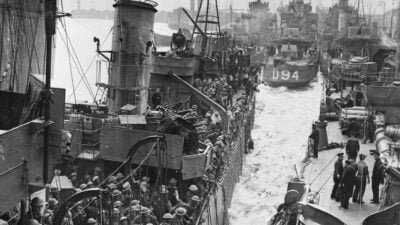Over the years, aircraft have evolved from mere experiments to a revolution in the skies. The history of airplanes follows an impressive path, shaping the world and bringing people from different continents closer. From the pioneering flight of the Wright brothers to modern passenger aircraft and supersonic commercial jets, the evolution of airplanes is nothing short of fascinating. Throughout time, technological innovations have transformed not only how we travel but also impacted industries, trade, and even global politics. In this article, we will explore the incredible journey of aircraft, from their invention to their current role as a fundamental means of transportation and global connection. Get ready to take off on a journey through time and discover how airplanes have shifted from mere experiments to revolutionaries in the skies.
Also check out: Julius Caesar: Roman General and Politician
The Invention of the Airplane
The history of aviation dates back to 1903 when the Wright brothers, Wilbur and Orville, conducted the first controlled and powered flight in Kitty Hawk, North Carolina. This historic milestone marked the beginning of the aviation era and paved the way for subsequent innovations and developments in the aerospace industry. From that moment on, the world would never be the same. With the continuous evolution of technology, airplanes were refined and perfected, resulting in increasingly advanced and efficient aircraft. The invention of the airplane was truly a turning point in human history, opening the doors to a new world of possibilities and connections.

How They Were Constructed
The early airplanes were constructed with wooden structures and fabric, powered by piston engines. Despite the initial limitations, these aircraft represented a significant leap in technological progress and sparked global enthusiasm for aviation. The daring and vision of aviation pioneers paved the way for future innovations and revolutions in the aerospace industry. From the initial invention, airplanes underwent continuous improvements, resulting in safer, faster, and more efficient aircraft.
Over the years, aviation evolved to become a driving force in global transportation, playing a crucial role in interconnecting cultures, businesses, and people worldwide. The invention of the airplane not only revolutionized how we travel but also played a fundamental role in the progress of modern civilization
Milestones in the History of Airplanes
The evolution of airplanes throughout the 20th century witnessed a series of significant milestones that shaped the aviation industry. From the development of cutting-edge military aircraft to the introduction of long-range commercial jets, each advancement represented a remarkable leap in aerospace technology. These milestones not only propelled the aviation industry but also had a profound impact on society, the economy, and global culture.
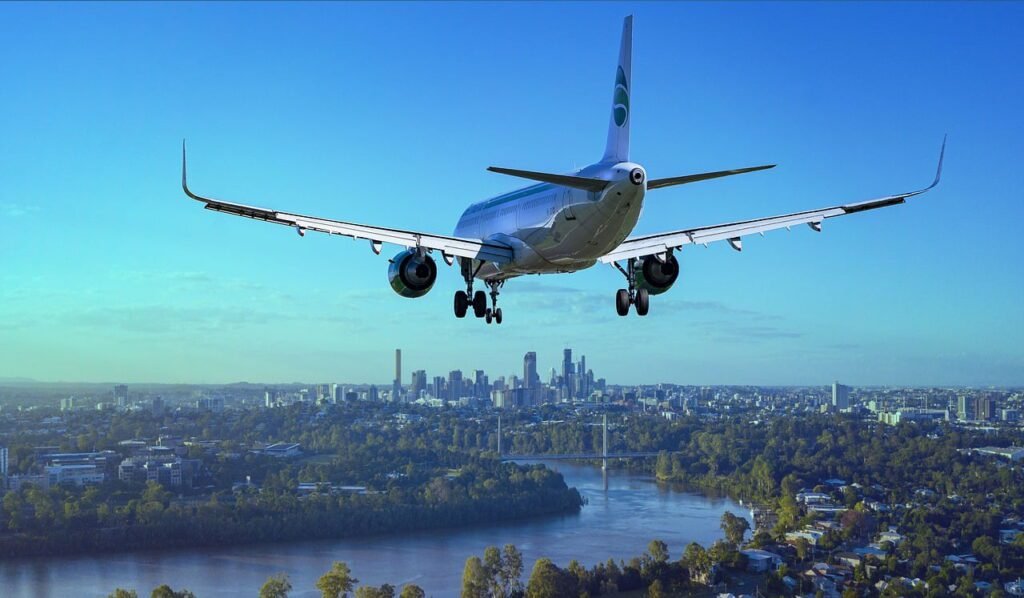
Commercial Jet and Large Aircraft
One of the most notable milestones in airplane evolution was the introduction of the commercial jet, revolutionizing air travel by offering unprecedented speeds and ranges. This technological advancement allowed passengers to cross continents in a matter of hours, significantly shortening distances and transforming perceptions of global mobility. Moreover, the development of large-scale cargo aircraft enabled the efficient transportation of goods on a global scale, driving international trade and modern logistics.
Another significant milestone in airplane evolution was the introduction of large passenger aircraft capable of carrying hundreds of people on commercial flights. These large aircraft played a crucial role in the expansion of commercial aviation, making air travel accessible to an increasing number of passengers worldwide. Additionally, the development of specialized cargo aircraft played a vital role in air cargo transportation, facilitating global trade and the efficient distribution of goods on an international scale.
Impact of Aircraft on Transportation
The evolution of airplanes had a transformative impact on transportation, redefining the possibilities of mobility and connectivity on a global scale. The introduction of long-range commercial aircraft made international travel more accessible and efficient, shortening distances between continents and facilitating cultural and commercial exchange between nations. Additionally, the development of modern airports and advanced airport infrastructure contributed to the expansion of commercial aviation, providing a solid foundation for the continued growth of the aerospace industry.”
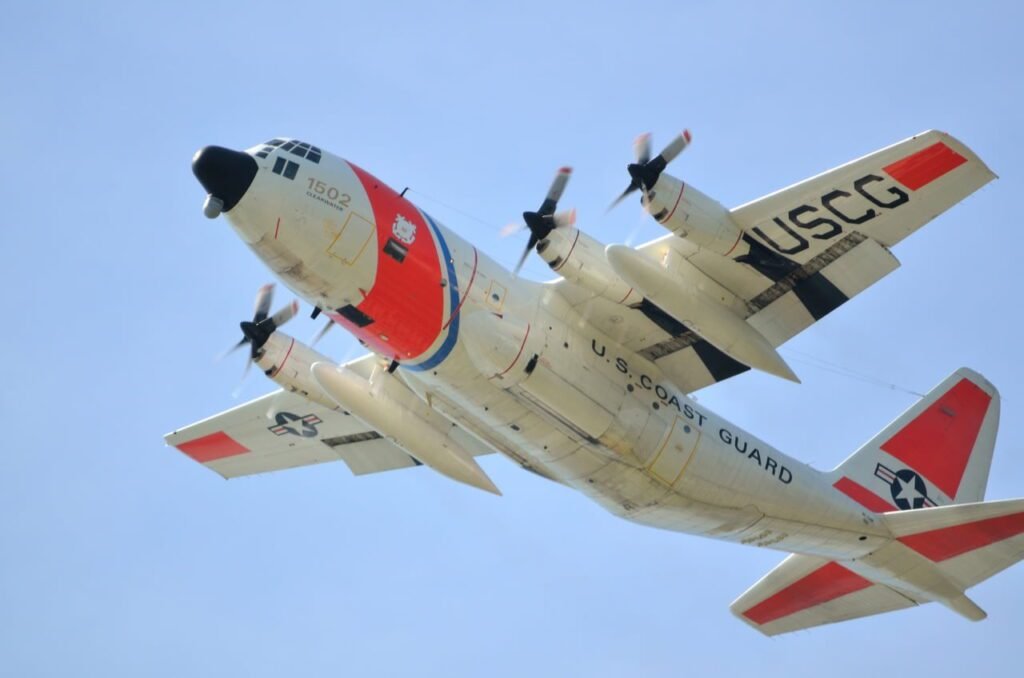
A More Connected World
The global nature of modern aviation plays a fundamental role in economic, cultural, and social connectivity between countries and regions. With regular flights linking cities and countries worldwide, aircraft have become a symbol of global interconnection and transcontinental mobility. Moreover, air transportation plays a crucial role in facilitating international trade, enabling the efficient transport of perishable and high-value goods on a global scale. The continuous evolution of aviation promises to open new frontiers of connectivity and mobility, shaping the future of global transportation in unimaginable ways.
The global interconnectivity provided by aviation plays a vital role in international tourism, allowing millions of travelers to explore exotic destinations and diverse cultures worldwide. Additionally, commercial aviation plays a fundamental role in integrating global supply chains, ensuring the efficient flow of goods and merchandise between continents and distant regions. The ongoing evolution of aviation promises to open new frontiers of connectivity and mobility, shaping the future of global transportation in unimaginable ways.
The Role of Aircraft in Warfare
The history of aviation is inherently linked to the military context, with aircraft playing a crucial role in armed conflicts and defense operations worldwide. From the early uses of planes for reconnaissance and bombing during World War I to the development of state-of-the-art combat aircraft, military aviation has played a significant role in global geopolitics and national security.

The introduction of advanced and strategic combat aircraft revolutionized military capabilities, enabling highly precise aerial operations and tactical mobility in combat scenarios. Additionally, the development of strategic transport aircraft played a vital role in moving troops, supplies, and military equipment on a global scale, redefining the logistical capabilities of modern armed forces. Military aviation remains a driving force in technological innovation and the development of advanced aerospace capabilities, playing a crucial role in deterrence and national security worldwide.
Advancements in technology in the history of airplanes
The evolution of airplanes over the decades has been driven by significant advancements in aerospace technology, resulting in increasingly sophisticated, efficient, and safe aircraft. From the development of high-powered jet engines to the introduction of state-of-the-art composite materials, technological innovation has been the driving force behind the ongoing evolution of aviation. These advancements have not only redefined aircraft capabilities but have also opened new frontiers in aerial exploration and global mobility.
Supersonic and Unmanned Aircraft
One of the most impactful innovations in aeronautical technology was the introduction of supersonic aircraft capable of traveling at speeds that challenge conventional physics. These revolutionary planes opened up new possibilities for long-range travel and global mobility, significantly reducing flight times between continents and redefining expectations of speed and efficiency in aviation. Furthermore, the development of next-generation business aircraft brought a new level of luxury, comfort, and efficiency to executive travel, catering to the unique needs of business people and global leaders.
Another significant advance in aeronautical technology was the introduction of unmanned aircraft, known as drones, which play a vital role in a wide range of applications, including surveillance, research, and delivery services. These autonomous aircraft represent an exciting frontier in aviation evolution, opening up new possibilities for aerial exploration and specialized operations in challenging environments. With ongoing innovation in aerospace technology, the future of aviation promises to be filled with new discoveries and revolutionary advances that will shape the world in unimaginable ways.
The future of airplanes: trends and innovations
As aviation moves into a new era of innovation, various trends and innovations promise to redefine the future of the aerospace industry. From the introduction of electric and hybrid aircraft to the development of sustainable propulsion technologies, the pursuit of efficiency, sustainability, and safety continues to drive the evolution of airplanes. The increasing focus on low-impact environmental aircraft and sustainable operations reflects a renewed commitment to reducing the carbon footprint of aviation and mitigating the environmental impacts associated with air transport.
Moreover, the growing digitization and automation of aerospace systems promise to enhance operational efficiency, safety, and passenger experience, opening new frontiers for connected and intelligent aviation. The integration of advanced communication technologies and autonomous navigation systems is redefining the capabilities of modern aircraft, making them safer, more efficient, and more connected than ever. With the continuous advancement of artificial intelligence and quantum computing, the potential for disruptive innovations in aviation is truly limitless, promising to redefine how we fly and connect globally.
Environmental impact of airplanes
Although airplanes have revolutionized travel possibilities and global connectivity, it’s important to acknowledge the environmental impact associated with aviation. Greenhouse gas emissions and fossil fuel consumption by aviation significantly contribute to climate change and global environmental degradation. As a result, the aerospace industry is focused on developing sustainable propulsion technologies and emission mitigation solutions to reduce the environmental impact of aviation.
The introduction of aviation biofuels, electric and hybrid aircraft, and operational efficiency initiatives are among the strategies adopted by the industry to reduce the carbon footprint of aviation and promote environmental sustainability. Air
Famous airplanes in history
Aviation plays a significant role in environmental impact, primarily due to carbon dioxide emissions and other pollutants. Despite advances in engine efficiency and the use of biofuels, aircraft continue to contribute to climate change. Concerns about the carbon footprint of aviation have led to efforts to develop cleaner and more sustainable technologies, including research into electric and hybrid aircraft. Additionally, carbon offset programs and air traffic management initiatives aim to reduce the environmental impact of aviation. The pursuit of environmentally conscious solutions remains a crucial focus in the evolution of aviation.
The Wright Brothers and the History of Airplanes
Technology and innovation have played a crucial role in the evolution of airplanes. From the Wright brothers’ first flight to present-day supersonic aircraft, advances in aerodynamics, construction materials, and propulsion systems have propelled the aviation industry. The development of lighter and stronger aircraft, along with more efficient engines, allowed for greater speeds and altitudes. Furthermore, automation and advanced navigation systems have made air travel safer and more efficient. The ongoing quest for technological innovation continues to drive the evolution of airplanes, paving the way for the future of aviation.
The economics of the airline industry is a complex intersection of factors that influence everything from ticket prices to the viability of airlines. The operational costs of airlines, including fuel, maintenance, and personnel, play a critical role in determining airfares. Additionally, macroeconomic factors such as oil prices and market conditions affect the profitability of airlines. Fierce competition among airlines and consumer demand also influence the industry’s economic dynamics. Understanding the economic principles that shape the airline industry is essential to comprehend the evolution and challenges faced by this crucial sector of the global economy.
The economy of the airline industry in the History of Airplanes
The evolution of airplanes, from their invention to their current status as one of the main means of transportation and global connection, is a testament to human progress and technological ingenuity. Despite challenges, aviation continues to shape our lives, drive commerce, connect people, and transform the world we live in. As we look to the future, the pursuit of more sustainable aircraft, technological innovations, and economic advancements will continue to drive the evolution of airplanes, ensuring they remain true revolutionaries in the skies. The history of aviation is a narrative of determination, discovery, and progress, and its lasting impact will echo through the skies for future generations. The journey of airplanes, from their humble origins to their transformative role in the modern world, is an inspiration to us all, showing the power of innovation and the ability to reach new horizons.
As we continue to explore the skies, may we remember the incredible journey that brought us here and anticipate the exciting future that awaits aviation. The sky is no longer the limit, but rather the beginning of a new era of discoveries and achievements in the skies. The evolution of airplanes is a story far from over, and we are eager to witness the next chapters of this incredible saga in the skies.
What do you think of the fascinating history of airplanes?




